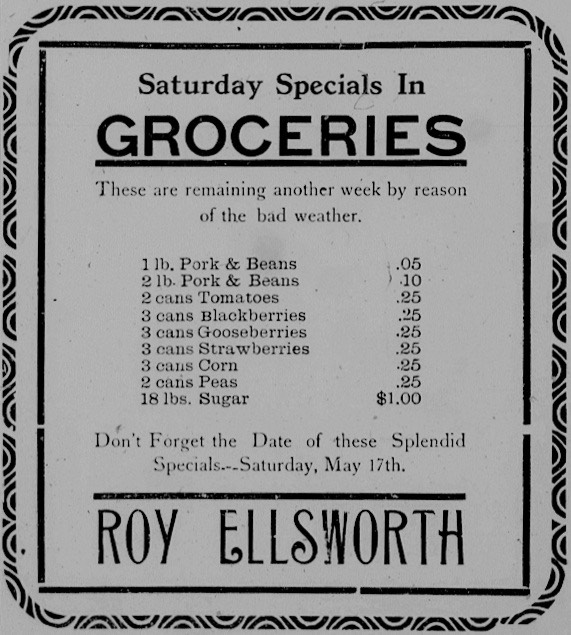I’ve depended to some extent on pages from contemporary newspapers for my history of the life and times of Thomas Lovewell. Thankfully, there’s that wonderful resource provided by the Library of Congress called Chronicling America, which is supported by the Kansas Historical Society. I’ve written before about the Society’s partnership with Newspapers.com and the indispensable Belleville Public Library Newspaper Archives, containing historical editions of several Republic County papers. Unfortunately, there’s still a long way to go in making old newspapers readily available online. Many of the resources that have proven most valuable to me in the past, haven’t made the digital transition yet.
The Junction City Union may be the most dependable journal of record for tribulations along the Kansas frontier. It contains the earliest news reports about the overdue hunters from Lake Sibley and Clifton, the ordeal of John and Elizabeth Marling, the Jewell County Massacre and its aftermath, and the shooting of Vinson Davis and Ark Bump by German peddlers. The Washington County Western Observer has an incredibly detailed first-hand report written during the Cheyenne Dog Soldier attacks of 1869. The Jewell County Monitor from Mankato was a chief source for information on the growth of the settlement at White Rock. Before the village of Lovewell tried to support its own newspaper, the Lovewell Index, an experiment first performed from the start of 1913 through the end of 1914, the Courtland Register kept a fairly close eye on its nearest rivals, including Lovewell. Until very recently, none of the papers mentioned in this paragraph had made an appearance online, although microfilm reels of all of them could be ordered through an interlibrary loan from a friendly neighborhood Kansas library.
Always hopeful that the Junction City Union would join the roster of titles at Chronicling America one day soon, I’ve sometimes made do with stories from the Junction City paper which were filtered through the pages of the Daily Kansas Tribune in Lawrence, and thus have been available for online viewing on Newspapers.com. I’m happy to report that issues of the Weekly Union have now made their way to that premium website. Again, the site is free for those with a Kansas driver’s license, but non-residents or non-driving residents need to pay a small subscription fee.
Here’s the difference between combing through a reel of microfilm and searching for a news item online: Two summers ago, to find the first mention in print of the shooting of Ark Bump and Vinson Davis, I hunched over a microfilm reader scrutinizing every paragraph of every column of nearly every page of the Junction City paper from May through August of 1867. “Nearly every page” is an exaggeration, because one quickly learns that a few pages of a local newspaper from 1867 are likely to contain items of local or regional interest, and a light glance will do for the rest. Despite the alarming nature of the story there were no headlines. I had to train my eye to be alert for keywords in order to zero in on the story, which was tucked in the middle of a page of gray type. To spot the same item this evening, I told a search engine to look for the terms “Bump” and “Davis” in 1867. Bingo. Didn’t even have to leave the house.
It can be a pleasure to spool through pages of a small-town paper from 100 years ago, particularly if you’re looking for nothing in particular. You can simply absorb the everyday rituals that residents considered newsworthy: who was visiting whom, whose child won the spelling bee, which husband got to spend the afternoon with his in-laws, and what family made a trip to the big city of Superior.
When the Lovewell Index appeared on the scene at the start of 1913, businesses in small towns had to have a foot firmly planted in two different eras, offering livery for teams or autos, because consumers still had a choice in the matter. Grocery prices may seem cheap to us today, but it’s as my mother used to say about the Great Depression - you could get a real bargain for a nickel. More the pity that you didn’t have one.
